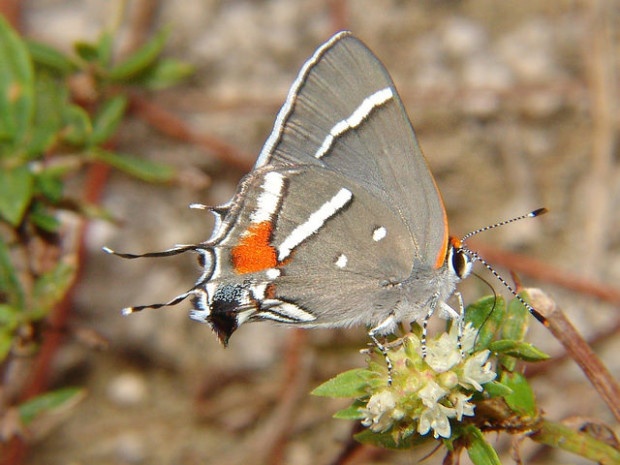We have much more to do and your continued support is needed now more than ever.
A Tale of Three Butterflies: Endangered Species and the Everglades
Can you imagine a place where alligators and crocodiles live side-by-side? It isn’t a fairytale: it is America’s Everglades!

But the River of Grass was significantly altered over the last century. As a result, its inhabitants face significant and growing threats too.
Two butterfly species received added federal protections this week: they were listed as endangered species. The Florida leafwing and Bartram’s scrub-hairstreak live in the Pine Rocklands of South Florida.
Some of the last remaining Pine Rocklands are found in Everglades National Park and the Big Cypress National Preserve. Not surprisingly, those are the best (and maybe only) places to catch a glimpse of a leafwing or scrub-hairstreak.

The coontie plant has a long history in Everglades lore. Long before the settlers, Native Americans used the plant. Marjory Stoneman Douglas wrote about coontie in her 1947 book “The Everglades: River of Grass.” The same year, Everglades National Park was established for its biologic diversity.
As it turns out, there were a few atala butterflies left in the greater Everglades ecosystem—primarily in the Florida Keys. Soon the coontie became a favorite of gardeners and naturalists alike. Increased protection for the coontie and the remaining Pine Rocklands created the perfect opportunity for the atala to make a comeback.

“There are no other Everglades in the world.” –Marjory Stoneman Douglas





















